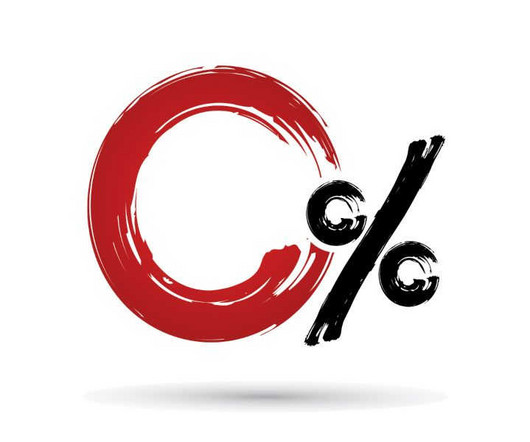Discounted Cash Flow Method – Pros and Cons
Equilest
OCTOBER 22, 2023
Read more to gain a comprehensive understanding of the Discounted Cash Flow (DCF) method, its advantages, and the challenges it poses. Introduction In the world of finance, making informed decisions about investments, acquisitions, or assessing the value of a company is crucial.



















Let's personalize your content